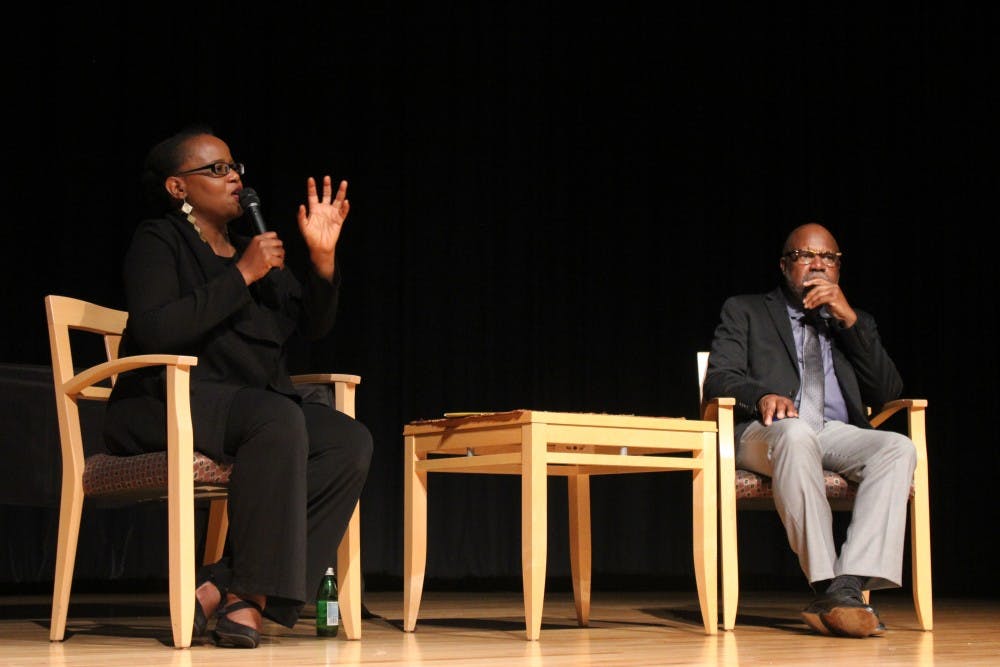The Sonja Hanes Stone Center for Black Culture and History has provided a space for art related to the African Diaspora for 30 years. On Sept. 13, this rich history will be celebrated.
“With Us Comes the Parallax,” a new art exhibition at the Stone Center that will open with a reception on Thursday, consists entirely of pieces sent in by artists who have been featured in the Stone Center before, some multiple times.
“Because it’s a retrospective, and because we have 14 different artists represented, I think you’re going to get a full sense of the notion of diaspora — which is one of the cornerstones of all the work we do here at the Stone Center,” said Joseph Jordan, the director of the Stone Center.
Jordan said working on “With Us Comes the Parallax” is like hearing from a bunch of old friends. He said that its name has led to a bit of confusion.
“We’ve had people say, ‘Is this a science fiction exhibition?’" Jordan said. "It actually comes from the notion that there are a number of ways of looking at one object, and any five, 10, 15 people can come in and look at the same thing and see something different."
Artist Wendy Phillips, whose photographs are featured in the upcoming show, has pieces taken in California, as well as Honduras. The piece from Honduras shows a cultural group of African descent called the Garifuna. It depicts a woman preparing a fish to be cooked. Like several others of her pieces in the show, Phillips said that the piece emphasized women at work.
In contrast with Phillips’ silver-gelatin, sepia-tone photographs is the work of Eric Mack, another artist featured in the exhibit. Mack creates loud, colorful, collage-like images. Though he considers himself a painter, he often works with found materials to make sculptures.
“They are vibrant images, dealing with visual patterns found in our environment," Mack said. "I deal with sourcing a lot of geometry, and systems from advertisements, crossword puzzles, fonts, architectural blueprints — anything that I find that has a repetition of shape, form or pattern.”
After cutting what he needs from magazines, newspapers or other sources, Mack compared the process of assembling his work into a new piece to the work of a composer — or a curator assembling diverse artworks into a cohesive gallery.




